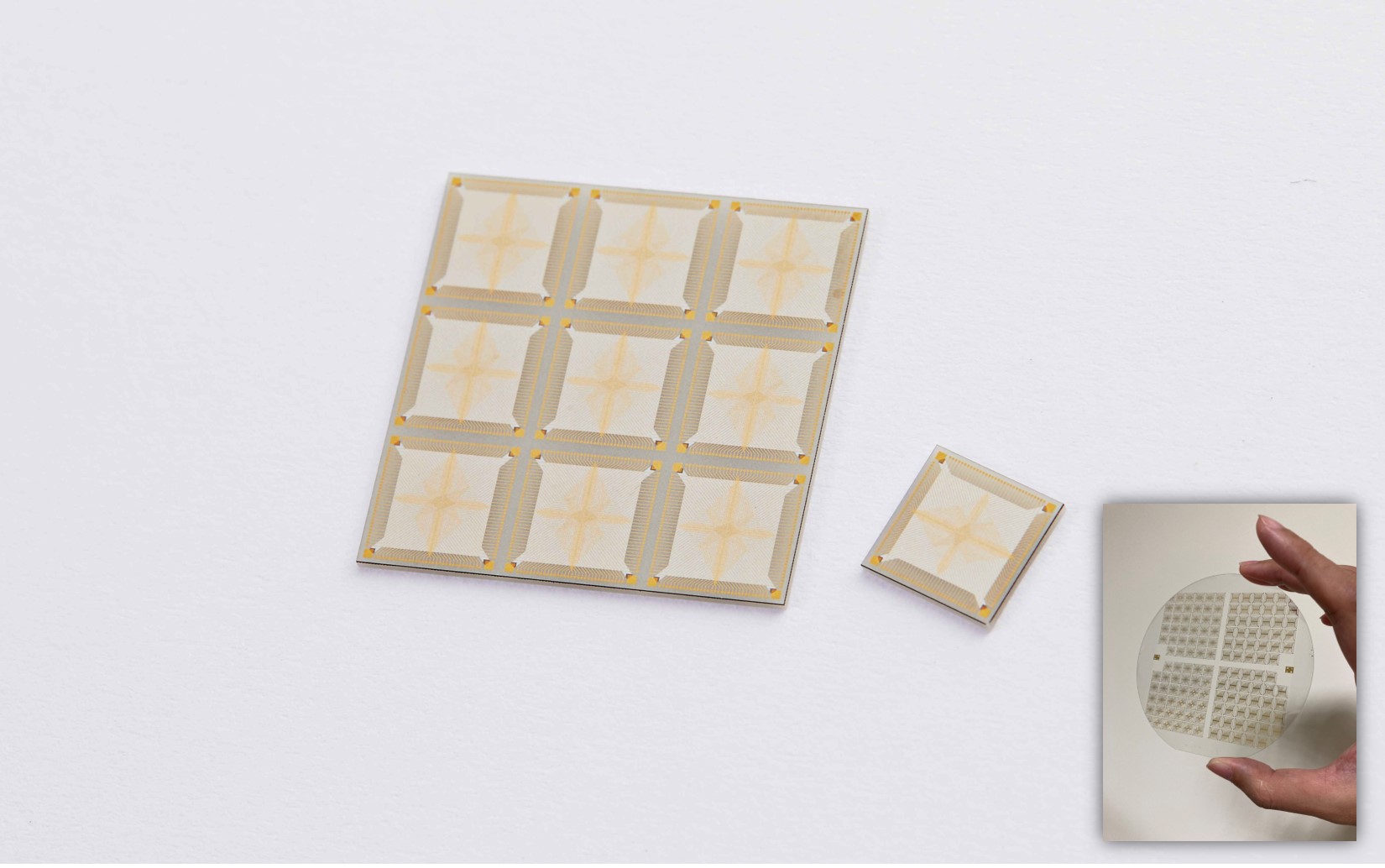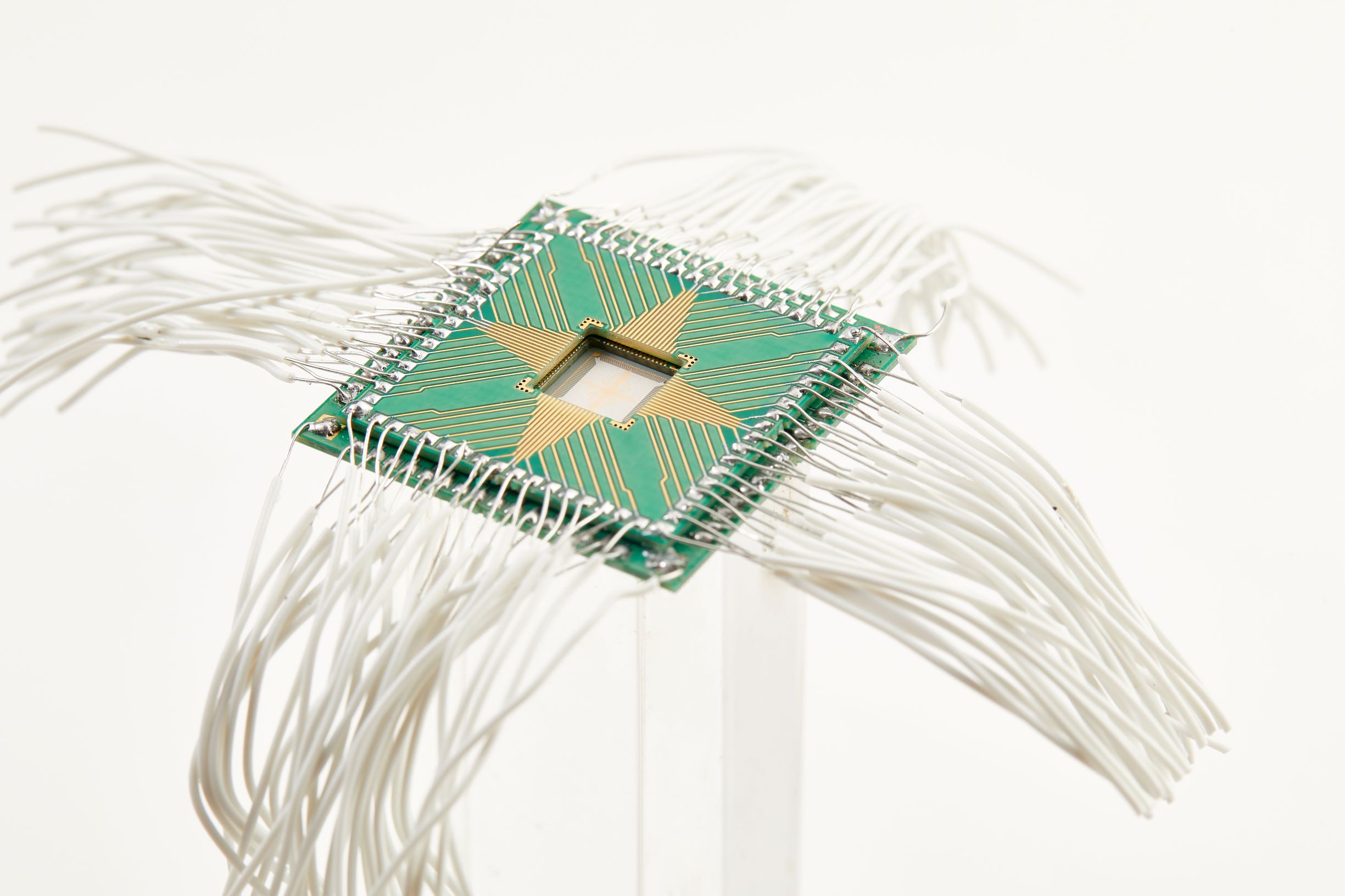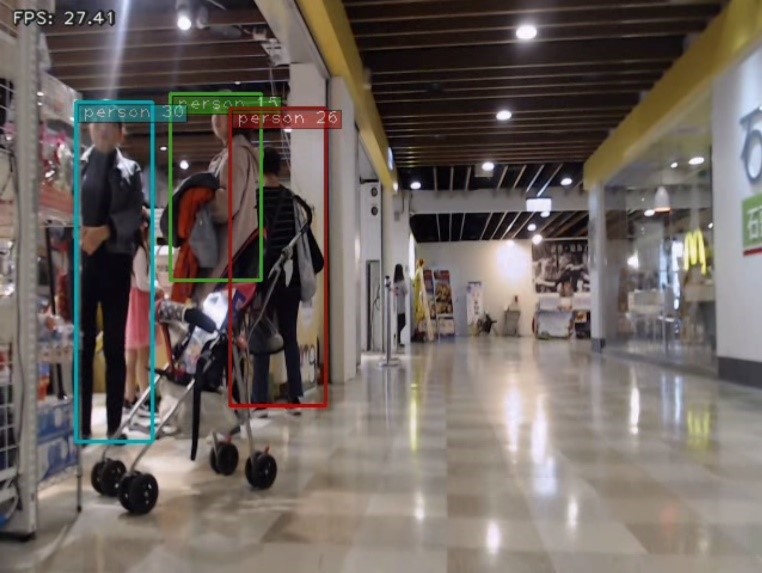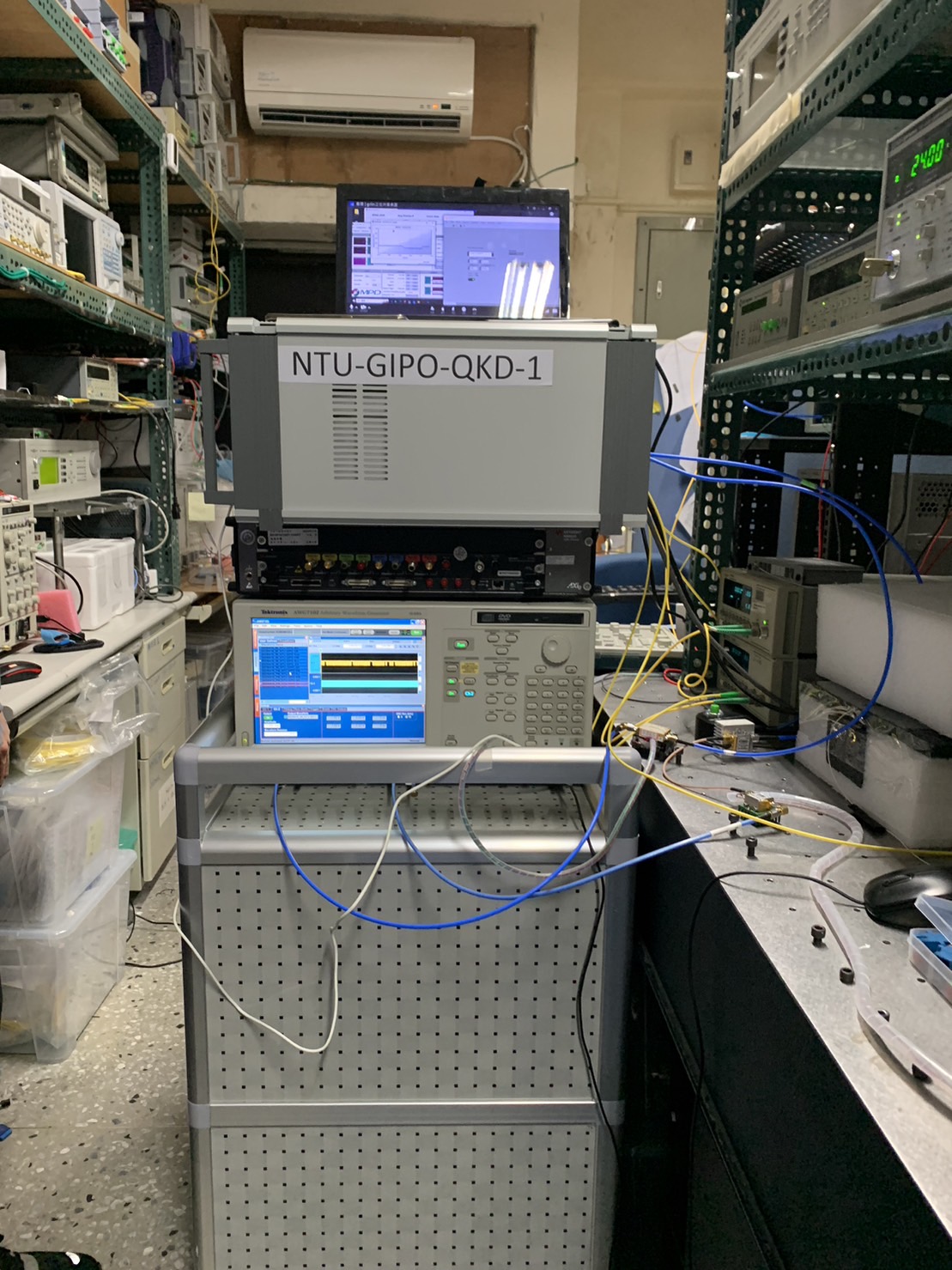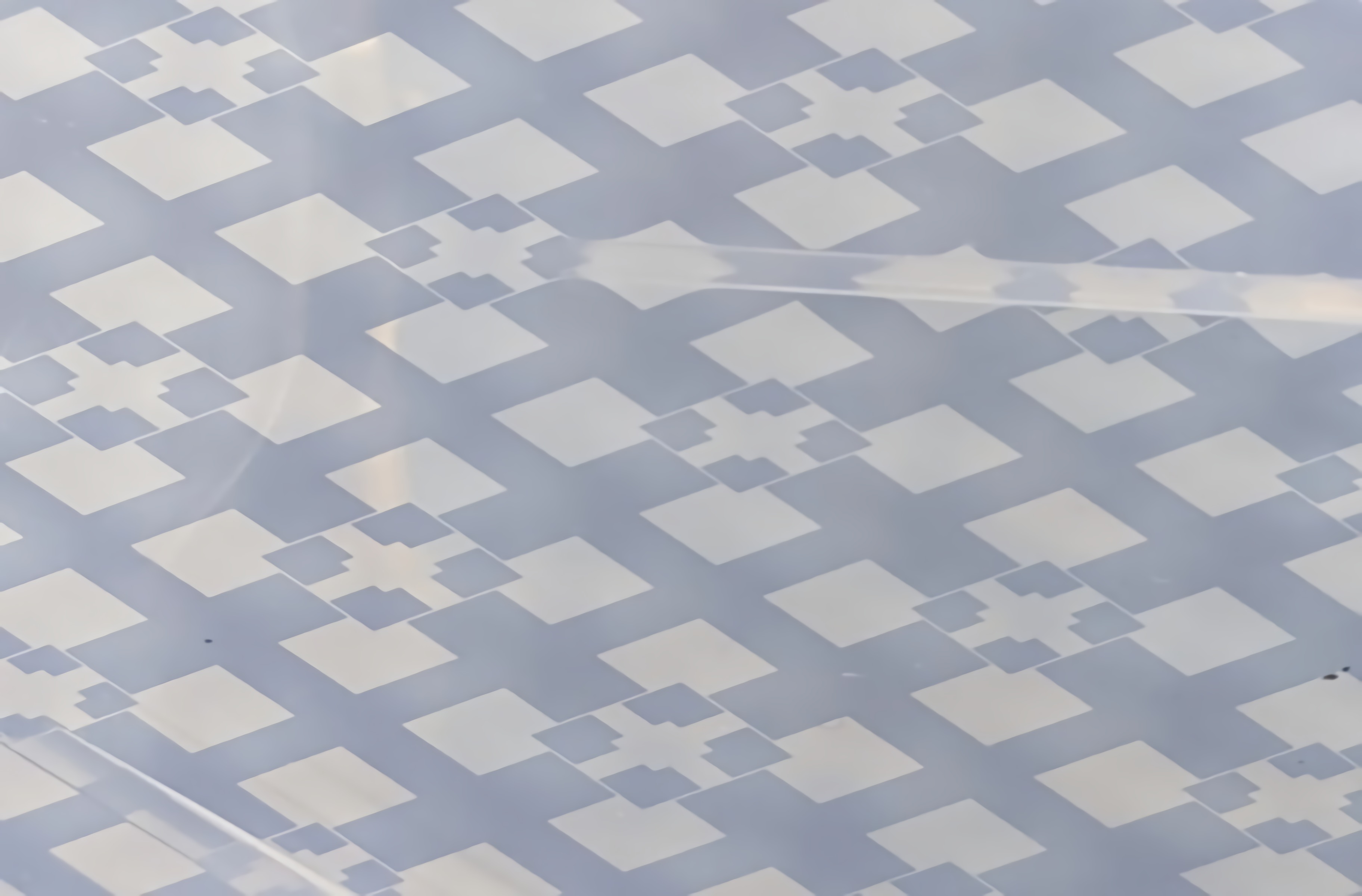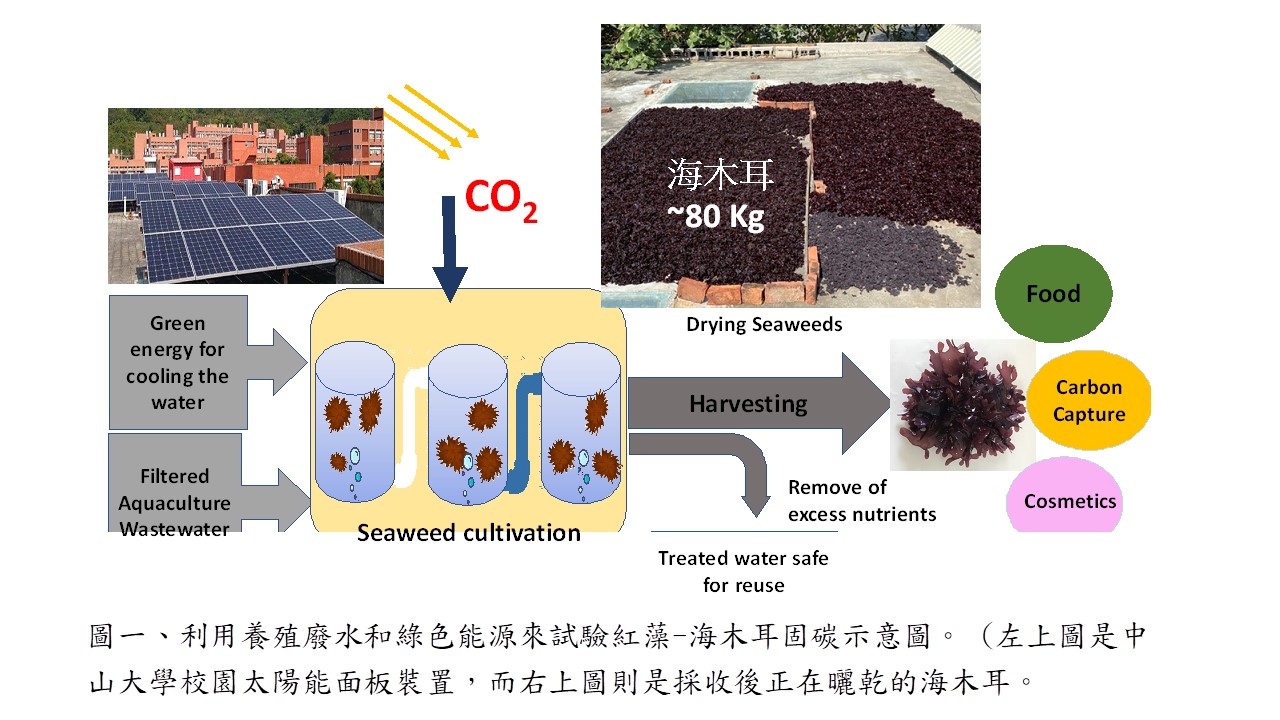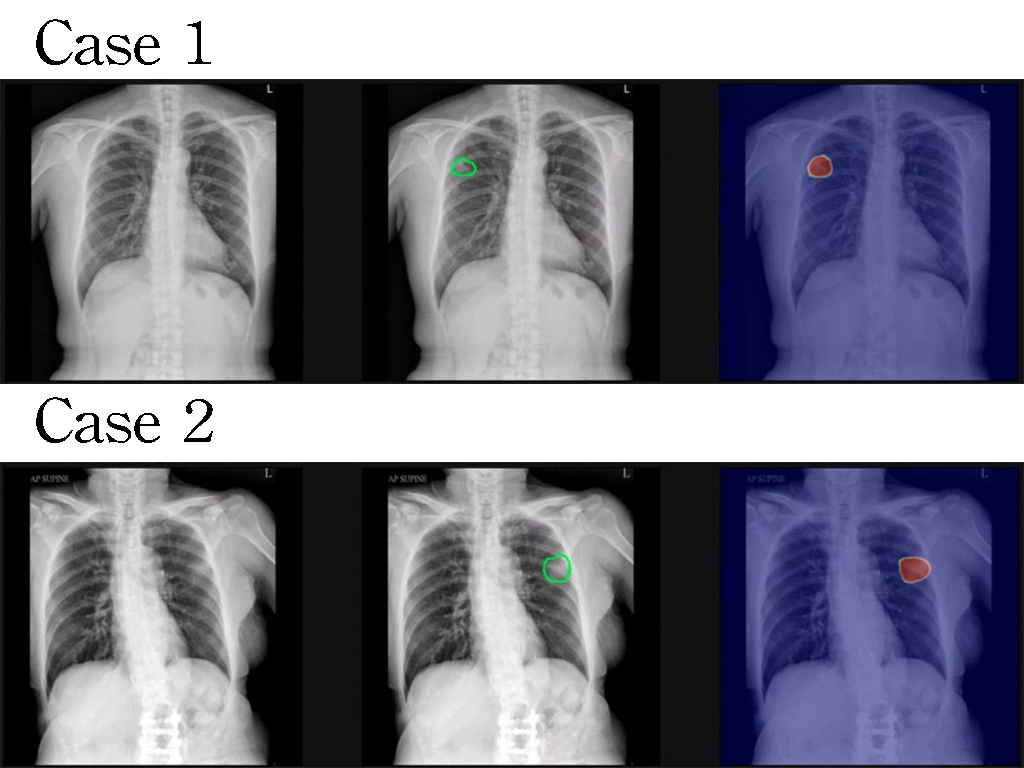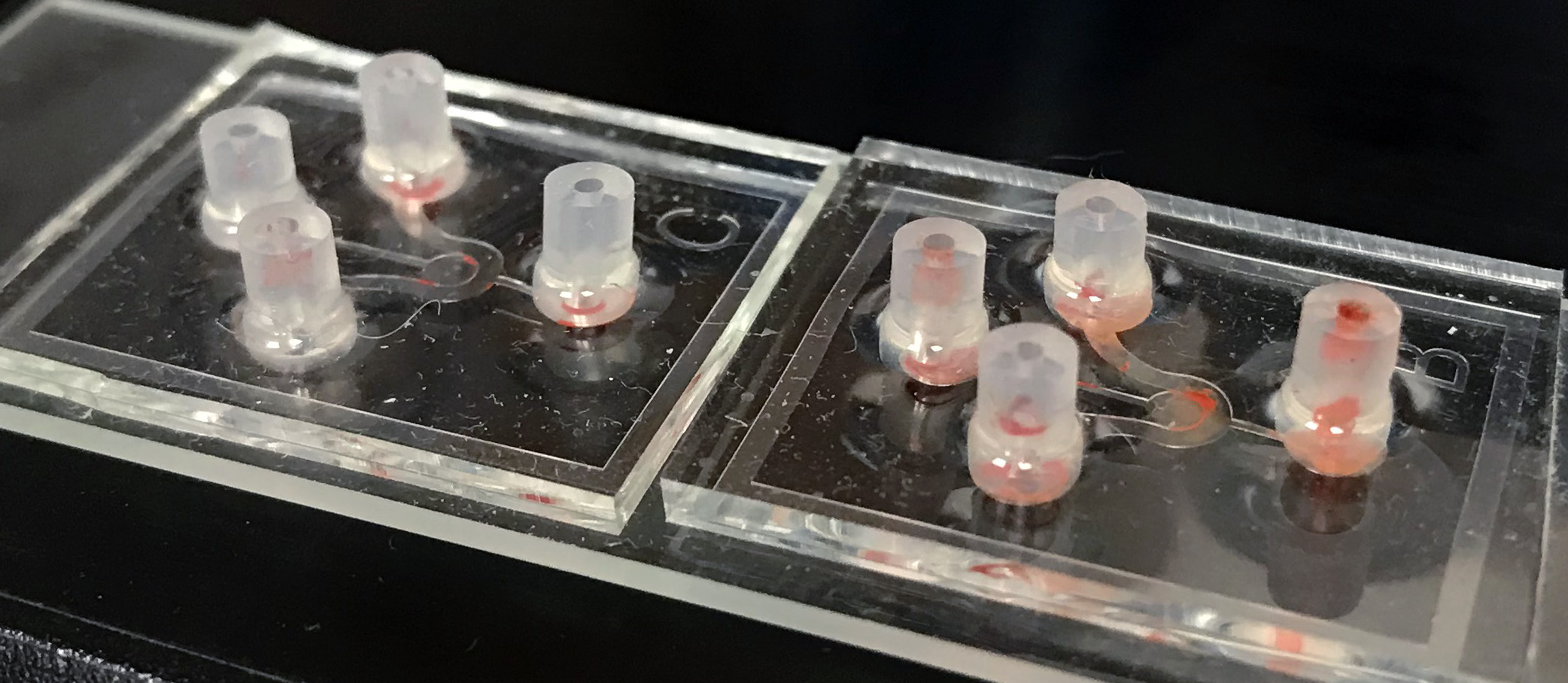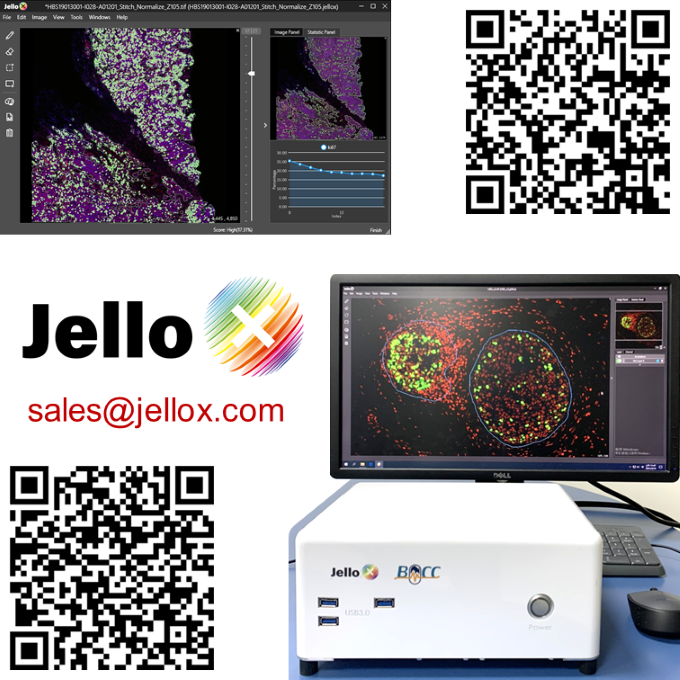| Summary |
In autonomous driving, LiDAR can clearly distinguish the objectsget the object information such as speeddistance at medium-range (~100 m) for autonomous driving scheme entering Level 3. Therefore, in this study, we combine the reflective optical phased array (OPA) chip1550-nm VCSELs with a photodetector, a ToF chip,a microcontroller to produce an eye-safe, all-solid-state,low cost (less than $100 USD) LiDAR module, which is the world's leading LiDAR technologymore cost-effective than the current products for autonomous vehicle market. |
| Scientific Breakthrough |
In this study, a reflective OPA chip, representing the most advanced optical scanning component of the third-generation LiDAR, is demonstrated. Different from the general OPA design, this OPA uses uses a high-dielectric thin-film to make the 128 reflective surface arrays, with different input voltages (~30V) to modulate the refractive index of each elementintroduce different phase differences. The OPA shows that a FOV of horizontal 30°vertical 2.5° light scanning, a 1kHz scanning speed,a 100-m detection distance, a 100-m detection distance,a three-dimensional point cloud. |
| Industrial Applicability |
At present, there is no practicalinnovative technology other than the reflective OPA chip1550-nm VCSELs to produce a solid-state LiDAR. It is expected that in future development of the automotive industry, we will combine with Taiwan’s semiconductor production capability. It can eventually lead to the promotion of a new solid-state LiDAR technologyproducts to the international car manufacturers. Taiwanese automotive companies will stand firm on Tier1 suppliers, which can greatly improve Taiwan’s technology in the field of self-driving cars. |






